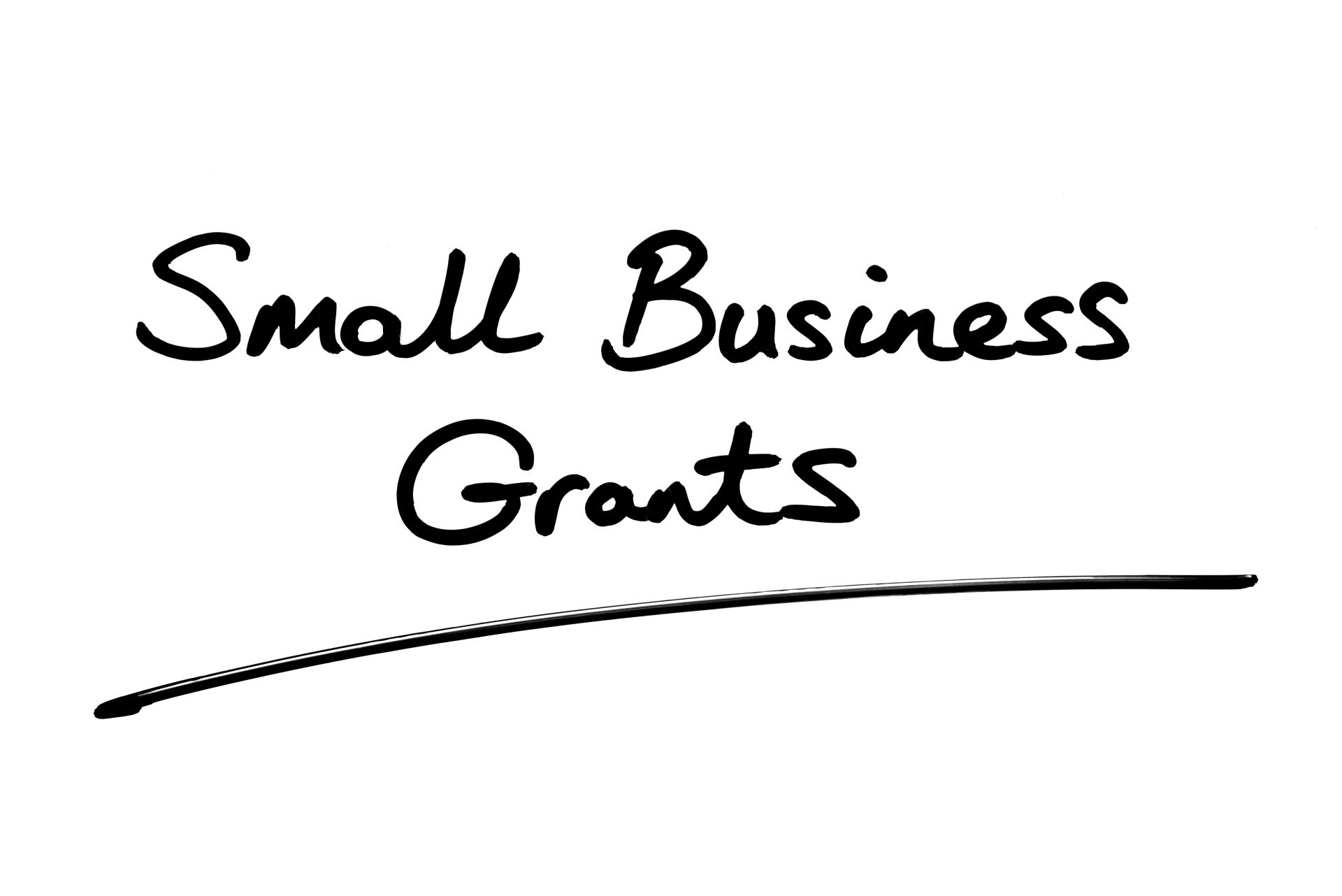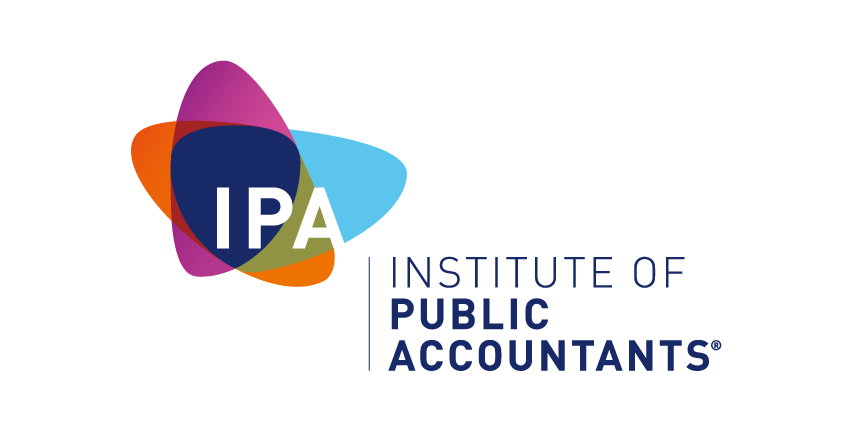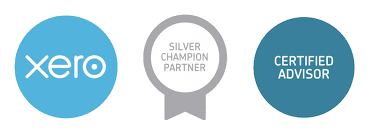Budget 2021-22: The Balancing Act Budget
The 2021-22 Federal Budget is a balancing act between a better than anticipated deficit ($106 bn), an impending election, and the need to invest in the long term.
Key initiatives for Business include:
· Extension of temporary full expensing and loss-carry back providing immediate deductions for business investment in capital assets
· Introduction of a ‘patent box’ offering tax concessions on income derived from medical and biotech patents
· Tax and investment incentives for the digital economy
It is also a human budget (cynics would say voter focussed), with $17.7 billion dedicated to aged care, more money in the pockets of low income earners, the COVID vaccine rollout, $2 billion for mental health, a women’s economic package including a child care subsidy increase and funding to prevent violence, and a Royal Commission into defence and veteran suicide.
There will also be a lot of money flowing through to the private sector to those that are capable of developing new technologies. Momentum and drive to develop new initiatives is a strong theme and in some circumstances the Government will offset the risk of those initiatives – if you are in the right sectors.
The $1.2 billion digital economy strategy seeks to rewrite Australia’s underlying infrastructure and incentivise business to boldly develop towards a digital future. The program is broad - from upskilling the workforce, the expansion of consumer digital rights, the development of SME digitisation, Government service delivery, to cybersecurity.
Beyond digital, co-funding and seed capital is available to those developing new technologies that reduce emissions, and grow new export markets and jobs in this sector.
Productivity is a key take-out with several measures targeted at encouraging industry to innovate and develop including the extension of full expensing and the loss carry back measures.
If we can assist you to take advantage of any of the Budget measures, or to risk protect your position, please let us know.
What It Means For You & Your Business
Temporary full expensing extension
Effective from assets acquired from 7.30pm AEDT on 6 October 2020 abd first used or installed ready to use by 30 June 2023.
Businesses with an aggregated turnover of less than $5 billion will be able to continue to fully expense the cost of new depreciable assets and the cost of improvements to existing eligible assets in the first year of use. Introduced in the 2020-21 Budget, this measure will enable an asset’s cost to continue to be fully deductible upfront rather than being claimed over the asset’s life, regardless of the cost of the asset. The extension means that the rules can apply to assets that are first used or installed ready for use by 30 June 2023.
Certain expenditure is excluded from this measure, such as improvements to land or buildings that are not treated as plant or as separate depreciating assets in their own right. Expenditure on these improvements would still normally be claimed at 2.5% or 4% per year.
The car limit will continue to place a cap on the deductions that can be claimed for luxury cars.
From 1 July 2023, normal depreciation arrangements will apply and the instant asset write-off threshold for small businesses with turnover of less than $10 million will revert back to $1,000.
Second-hand assets
For businesses with an aggregated turnover under $50 million, full expensing also applies to second-hand assets.
Small business pooling
Small business entities (with aggregated annual turnover of less than $10 million) using the simplified depreciation rules can deduct the full balance of their simplified depreciation pool at the end of the income year while full expensing applies. The provisions which prevent small businesses from re-entering the simplified depreciation regime for five years if they voluntarily leave the system will presumably continue to be suspended.
Opt-out rules
Taxpayers can choose not to apply the temporary full expensing rules to specific assets, although this choice is not currently available to small business entities that choose to apply the simplified depreciation rules for the relevant income year.
Tempoary loss-carry back extension
Effective for Losses from 2019-20, 2020-21, 2021-22 or 2022-23 income years.
Companies with an aggregated turnover of less than $5 billion will be able to carry back losses from the 2019-20, 2020-21, 2021-22 and 2022-23 income years to offset previously taxed profits in the 2018-19, 2019-20, 2020-21 and 2021-22 income years.
Under this measure tax losses can be applied against taxed profits in a previous year, generating a refundable tax offset in the year in which the loss is made. The amount carried back can be no more than the earlier taxed profits, limiting the refund by the company’s tax liabilities in the profit years. Further, the carry back cannot generate a franking account deficit meaning that the refund is further limited by the company’s franking account balance.
The tax refund will be available on election by eligible businesses when they lodge their 2020-21, 2021-22 and 2022-23 tax returns.
Before the measure was introduced in the 2020-21 Budget, companies were required to carry losses forward to offset profits in future years. Companies that do not elect to carry back losses can still carry losses forward as normal.
This measure will interact with the Government’s announcement to extend full expensing of investments in depreciating assets for another year. The new investment will generate significant tax losses in some cases which can then be carried back to generate cash refunds for eligible companies.
Residency test rewrite
Effective from first income year after the date of Royal Assent of the enabling legislation
Determining whether an individual is a resident of Australia for tax purposes can be complex. The current residency tests for tax purposes can create uncertainty and are often subject to legal action.
The Government will replace the individual tax residency rules with a new, modernised framework. The primary test will be a simple ‘bright line’ test - a person who is physically present in Australia for 183 days or more in any income year will be an Australian tax resident. Individuals who do not meet the primary test will be subject to secondary tests that depend on a combination of physical presence and measurable, objective criteria.
The modernisation of the residency framework is based on the Board of Taxation’s 2019 report Reforming individual tax residency rules - a model for modernisation.
Employee share scheme simplification
Effective when ESS interests are issued from the first income year after Royal Assent
Employee share schemes provide an opportunity for employers to offer employees a stake in the growth of the company by issuing interests such as shares, rights (including options) or other financial products to their employees, usually at a discount.
The Government has moved to simplify employee share schemes and make them more attractive by removing the cessation of employment taxing point for tax-deferred Employee Share Schemes (ESS). Currently, when an employee receives shares or options that are subject to deferred taxation the taxing point is triggered when they cease employment with the company, even if they could still lose the shares or options in future or have not yet exercised the options they have received.
This will mean that under a tax-deferred ESS, where certain criteria are met, employees may continue to defer the taxing point even if they are no longer employed by the company. In broad terms, following this change the deferred taxing point will be the earliest of:
· in the case of shares, when there is no risk of forfeiture and no restrictions on disposal
· in the case of options, when the employee exercises the option and there is no risk of forfeiting the resulting shares and no restriction on disposal
· the maximum period of deferral of 15 years.
Regulatory changes will also be made to reduce red tape where employers do not charge or lend
to the employees to whom they offer ESS. Where employers do charge or lend, streamlining requirements will apply for unlisted companies making ESS offers that are valued at up to $30,000 per employee per year.
Link - Tax incentives to support the recovery
Removal of $450 per month threshold for super guarantee eligibility
Effective from start of the first financial year after Royal Assent of the enabling legislation, expected to be 1 July 2022
Currently, employees need to earn $450 per month to be eligible to be paid the superannuation guarantee. This threshold will be removed so all employees will be paid super guarantee regardless of their income earned.
The Retirement Income Review estimated that around 300,000 individuals would receive additional superannuation guarantee payments each month once the threshold is removed.
Heavy road vehicle charge increase
Effective from 1 July 2021
The Heavy Vehicle Road User Charge will increase from 25.8 cents per litre to 26.4 cents per litre from 1 July 2021.
Tax exemption for storm and flood grants for SMEs and primary producers
Effective for Grants relating to storm and flood events between 19 February and 31 March 2021
Qualifying grants made to primary producers and small businesses affected by the storms and floods will be non-assessable non-exempt income for tax purposes.
Qualifying grants are Category D grants provided under the Disaster Recovery Funding Arrangements 2018, where those grants relate to the storms and floods in Australia that occurred due to rainfall events between 19 February 2021 and 31 March 2021. These include small business recovery grants of up to $50,000 and primary producer recovery grants of up to $75,000.
New avenue for small business to ‘pause’ ATO debt recovery
Effective from Date of Royal Assent of the enabling legislation
Small businesses with an aggregated turnover of less than $10 million per year will be able to apply to the Small Business Taxation Division of the Administrative Appeals Tribunal (AAT) to pause or modify ATO debt recovery action until their underlying case is decided.
Currently, small business can only pause ATO debt recovery action in the courts. This new avenue will enable a small business to pause ATO debt recovery until their case has been heard by the AAT.
Link - Making it easier for small business to pause debt recovery action
Apprenticeship scheme uncapped
Boosting Apprenticeship Commencements provides a 50% wage subsidy to employers and Group Training Organisations to take on new apprentices and trainees. The measure will uncap the number of eligible places and increase the duration of the 50% wage subsidy to 12 months from the date an apprentice or trainee commences with their employer.
From 5 October 2020 to 31 March 2022, businesses of any size can claim the Boosting Apprenticeship Commencements wage subsidy for new apprentices or trainees who commence during this period. Eligible businesses will be reimbursed up to 50% of an apprentice or trainee's wages of up to
$7,000 per quarter for 12 months.
Note: The material and contents provided in this publication are informative in nature only. It is not intended to be advice and you should not act specifically on the basis of this information alone. If expert assistance is required, professional advice should be obtained.New Paragraph








